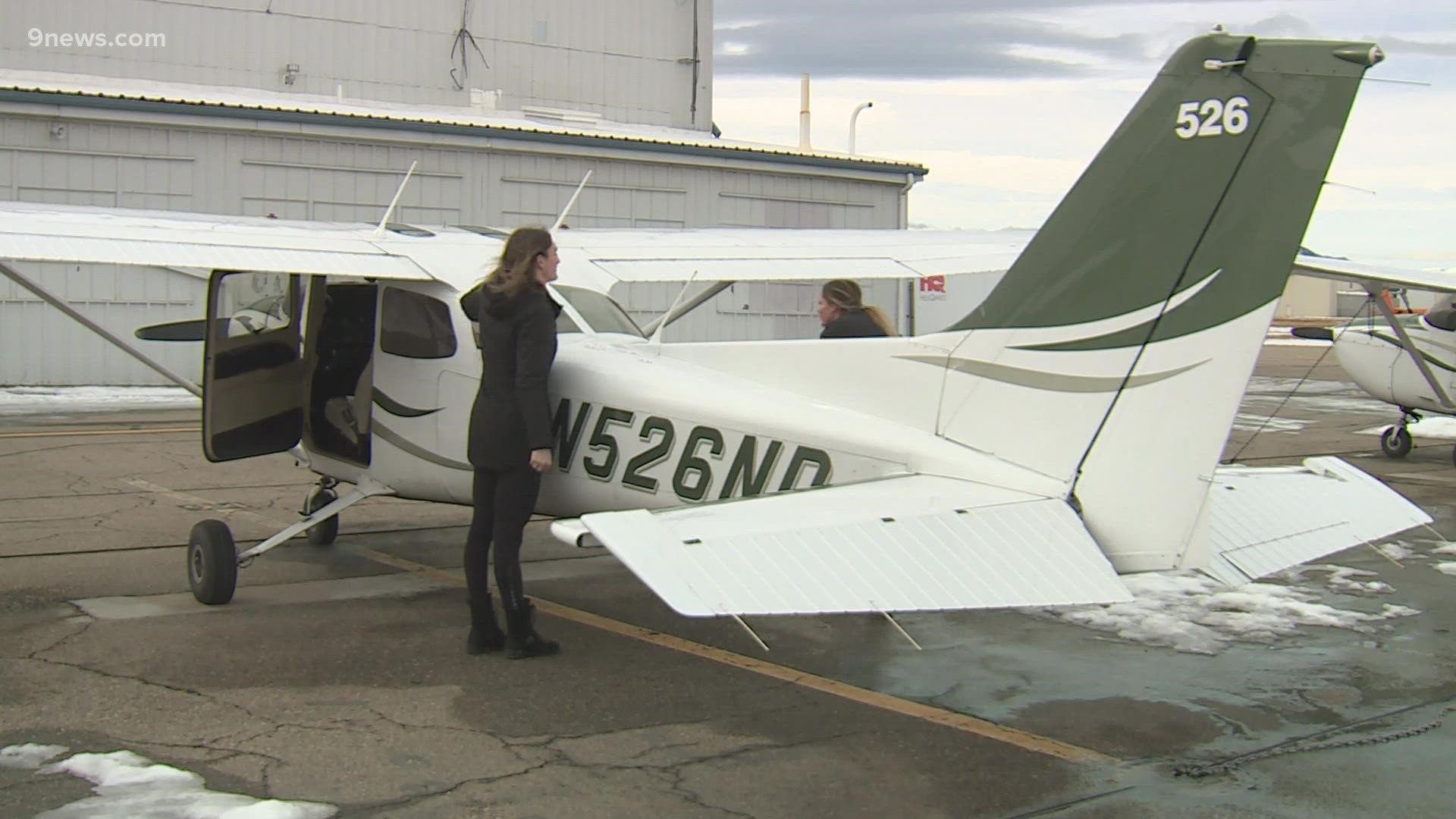BROOMFIELD, Colo — When Mary Ann Schaffer was in high school, she didn't know that there would be a path for her to someday become United Airlines’ system chief pilot.
“But, if other people can see that, especially the young girls, maybe they'll enter our profession,” Captain Schaffer said just before addressing a new class of captains and other pilots at an induction ceremony.
The ceremony inside the airline’s Denver flight training center, is one of an increasing number of inductions as United, along with other airlines, continues to try and meet the demand for commercial pilots.
A well-known pilot shortage has impacted flights for customers more often, in part stemming from the pandemic.
The field of piloting has long been a male-dominated field. According to the Federal Aviation Administration's Aeronautical Center data, just 7% of the 103,879 commercial pilots were women as of 2020.
Percentagewise, Schaffer acknowledged that the rate of women joining aviation has stayed static and she wants to see more women join the ranks.
“Having more women enter flight training and coming into the airlines is a must because we've proven that we need to tap into all of our population, not just the men,” she said. “We need to make sure that women that make up so much of our general population know that this is open to them.”
She believes an influx of women joining the aviation field could help close the pilot shortage gap in the long run, but first, it's important to understand what the pilot demand looks like right now.

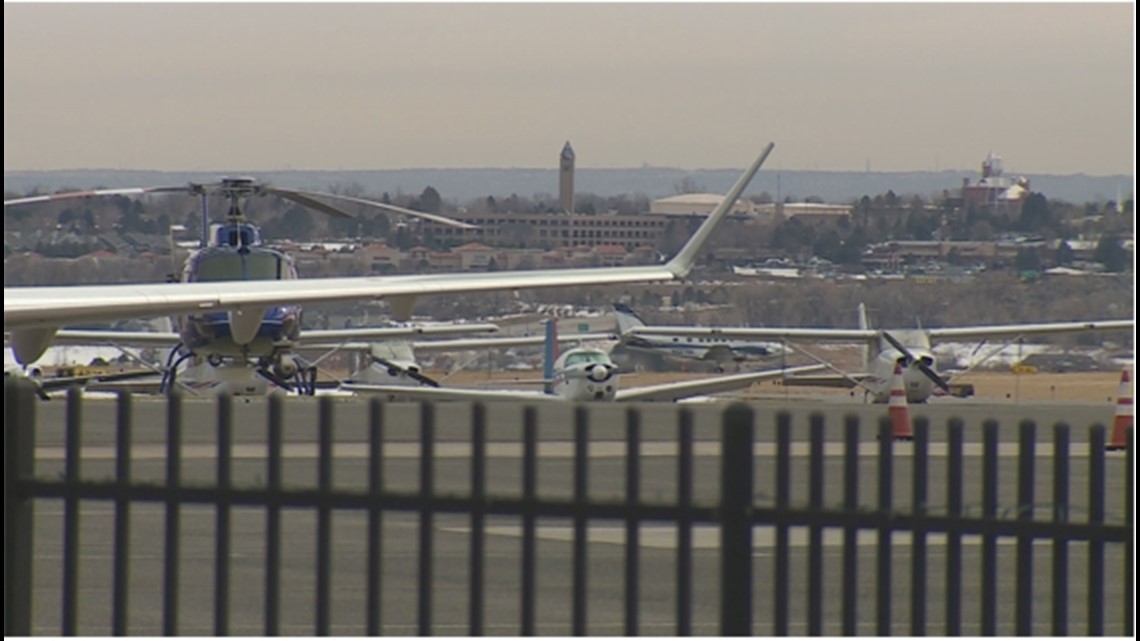
Understanding the Pilot Shortage
The return of passengers to travel means the demand for more pilots has, too.
The talent pipeline endured a brief stall, in part due to COVID-19, but other factors come into play.
Statistics on the shortage of pilots vary depending on the report. One such report recently published by international management consulting firm Oliver Wyman shows, among other projections, that North America will be short over 12,000 pilots by 2023, which they report is 13% of the total demand.
Meanwhile, the U.S. Bureau of Labor Statistics shows that the overall employment of airline and commercial pilots is projected to grow faster than the average for all other industries, with 14,500 openings projected each year, on average, over the decade.
Another factor to play a part in the demand is the amount of pilots retiring, relative to new pilots coming in.
The FAA requires pilots to retire at 65 years old. And citing data from the Airmen Certification Branch of the FAA, the Regional Airline Association reported that more than 47% of today's Part 121 qualified pilot workforce (which is mainly U.S. airline carriers, among others), must retire within 15 years.
Thirteen percent of new pilots are between 60 and 64 years old, while just 7% of new pilots are under 30 years old, according to the report. The report then notes that “new pilots are not keeping pace with retirements.”
Some said that one way to help meet demand is hiring an influx of new women pilots.
Citing FAA data, Women in Aviation International reports that 14.2% of student pilots are women as of 2020. This number that has grown in recent years since 2017, when just 9.8% of students were women.

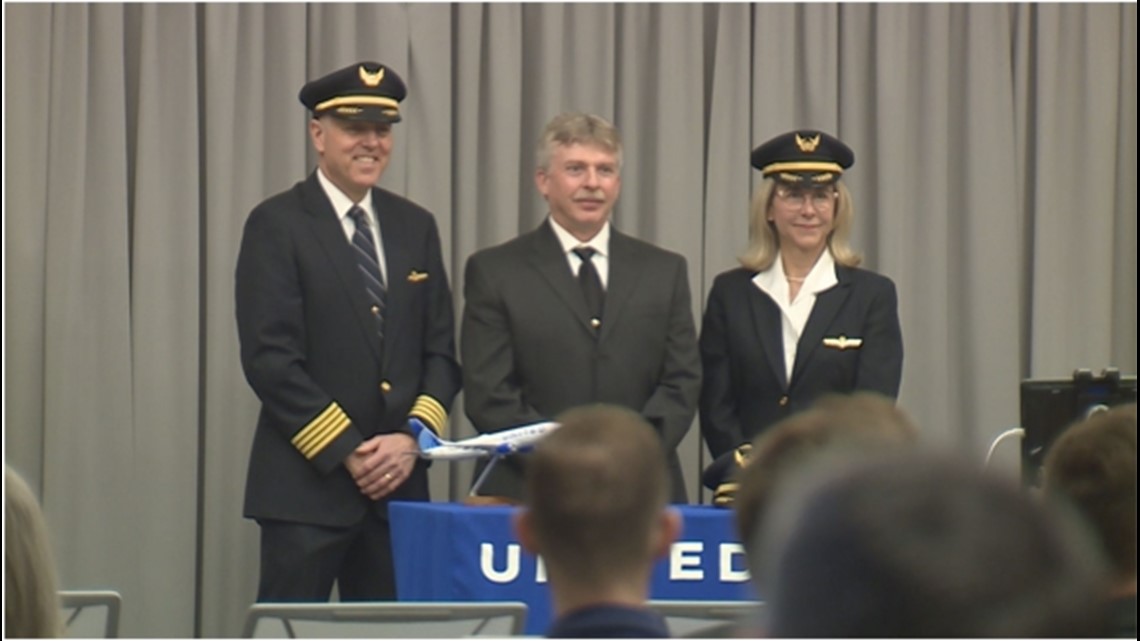
First Steps
Growing up, 19-year-old Patricia McCracken said she came to Rocky Mountain Metropolitan Airport in Broomfield to watch planes fly on her birthday.
“I just didn’t know I wanted to take it all the way to becoming a commercial pilot,” she said, just before going through a pre-flight checklist for a flight lesson.
McCracken is a student at McAir Aviation, which operates out of the airport, and she is in the early stages of working to get her commercial license to someday become an airline pilot.
“A few years ago, I started flying in flight simulators just for fun. And once that wasn’t enough, I had to go in the air and fly myself, and once I was up there, I fell in love with it,” she said. “On the takeoff roll, you know you’re just making sure everything is looking good, and then you realize you hit rotation speed and then you pull off the ground and it’s just like, wow. You get that rush every time for sure.”
McCracken is one of many women who recently decided to go into flight school and said she wasn’t nervous about joining the male-dominated field.
“And it’s just…I know I show up, I do my stuff, I learn, I excel and no one can stop me," she said.
According to McAir, they're averaging around 290 to 310 students annually, with 45 current instructors.
In the last three years, the amount of women students has increased by 28%.

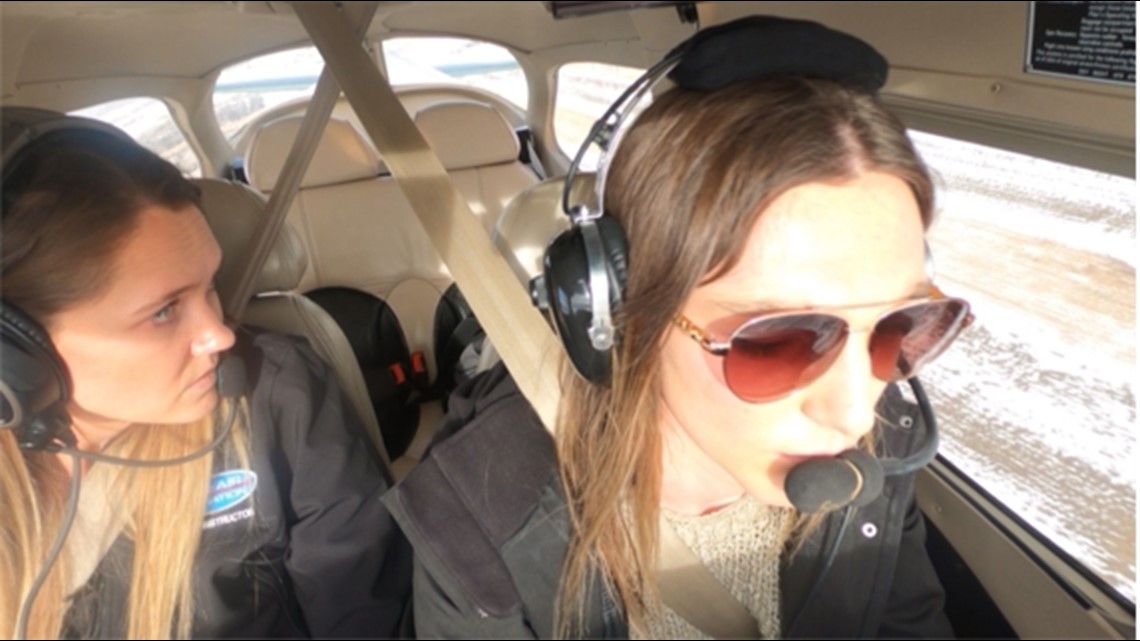
McCracken's instructor, Britney Becker, said she believes the marketing towards female students has shifted.
“I just saw the community of aviation and how tightly knit it was, and I was like, ‘I feel like I can make an improvement in this.’ Not that it was bad – I just saw how I wanted to impact students in the way that I was impacted so [I can] help them follow their dreams,” she said. “I think it’s modeled, right? You see more women in aviation, so little girls are flying commercial airlines and they’re peeping their head through the cockpit and they see a female in there and they’re like, 'Wait, I can do this?'”
Overall, both women agree that females could alleviate the pilot shortage gap.
“Of course, I think women can make the difference,” McCracken said. “It’s really inspiring to see a lot of women pilots going through the process and getting all the way to the airlines, and it’d be really cool to fly under a female captain one day.”

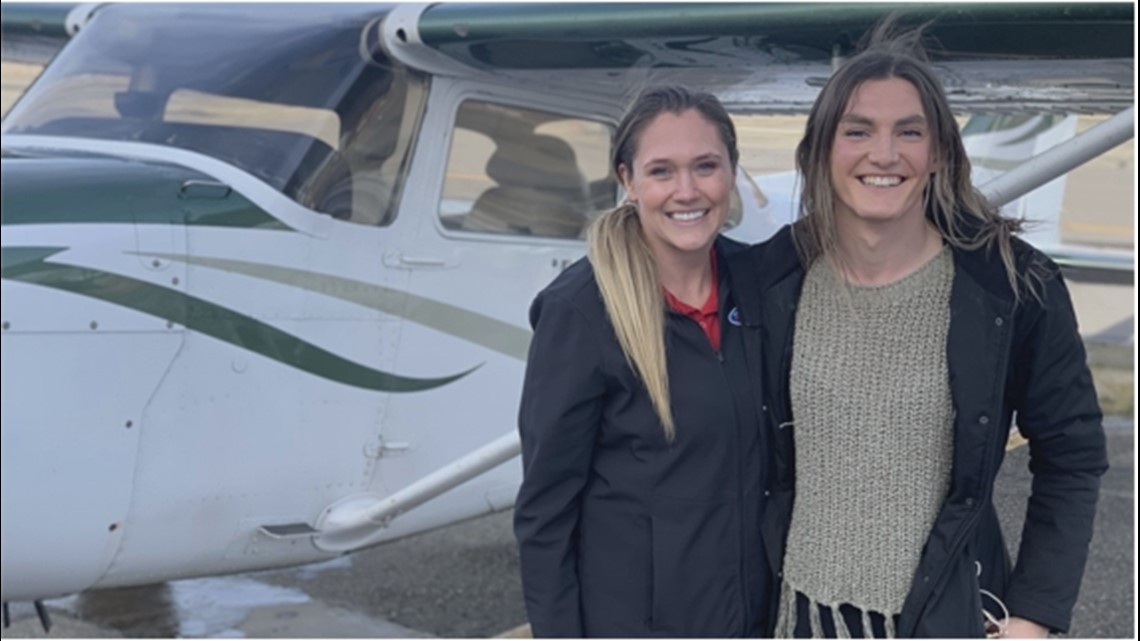
Building Community
Right now, Natalie Gramer is working to get her Certified Flight Instructor (CFI) Certificate this year, but she also wants to work on earning her commercial license.
"I took a discovery flight, which is a flight you take out for the first time," Gramer said. “And I just never stopped from there.”
Now the resident of Women in Aviation International's Chapter at Metropolitan State University of Denver (MSU Denver), she said she noticed the impact a student-level organization can have on the talent pipeline for female pilots.
"You don't just say, 'I'm part of this club,' it's, 'I'm part of this family and we lift each other up.' And that encourages people to join that maybe wouldn't join otherwise," she said. "I think the impact is connecting the dots. You connect the classroom to real life application, which then helps you connect your learning to your career in the future."
MSU Denver's chapter was founded in fall of 2019, starting with 18 members – just a few years later, they have reached 75 members, which is made up of 94% pilots and 6% management majors.
Elsewhere, like at Aims Community College, Chapter President Sara Bauermeister said she wanted to make a difference in the environment of aviation for women.
"The school I was in wasn't super supportive of females and just being in that environment afterwards, I was like, I don't want anyone to ever feel that way. I want everyone to feel welcome. Whether you're a male, female, anything like that, it's just – the plane doesn't care who you are," she said. "It's hard to get in on like – it's intimidating too, as well. You're like, 'I don't know anything about this, they're going to judge me for that,' But, you learn that people are actually really welcoming and it's just, you just got to put your foot in there."
Both Bauermeister and Gramer notice a difference in communication that may have impacted the amount of women becoming interested in aviation.
"They promote becoming a pilot, but they promote it from a different angle of that – it's not gender-specific,” Gramer said. “So, it really kind of opens your eyes to something that you can do that you didn't think you could do before. And I think that has a lot to do with communication, just outreach efforts and people who are dedicated to sharing their passion and igniting that passion in others.”

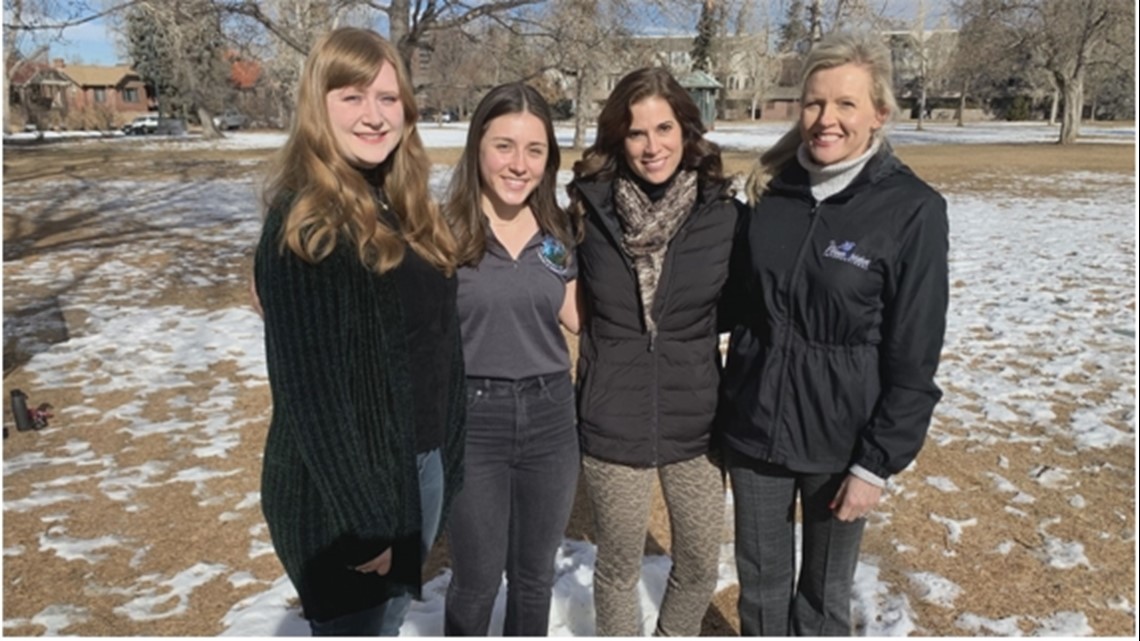
A Larger Airline Perspective
Over the next decade, Schaffer, shared that United intends to hire a minimum of 10,000 thousand pilots.
"That's incredible growth,” she said. “We have been through these kind of growth periods before, but this is unlike any that I've seen in my career, where it is going to be a sustained need over many years.”
While she added that the number of female pilots has grown, Schaffer doesn't believe it's growing nearly enough.
"But, that does mean more women in the flight deck, right? Because we're growing. So you're seeing more women in number," she said.
Schaffer said women play a key part of filling the pilot shortage gap.
"I want to see more women joining our ranks, and I want them to know as a potential career path that this is a career that you can enjoy being successful at," she said. "And also, that it's compatible with family life. It's a little bit of extra work, I'll give you that. But, it is not a choice of being an airline pilot or being a mother and a family member. You can do both."
United recently launched their Aviate Academy in Arizona, which the airline said is a key part of the airline's goal to train about 5,000 new pilots at the school by 2030, with at least half women or people of color.

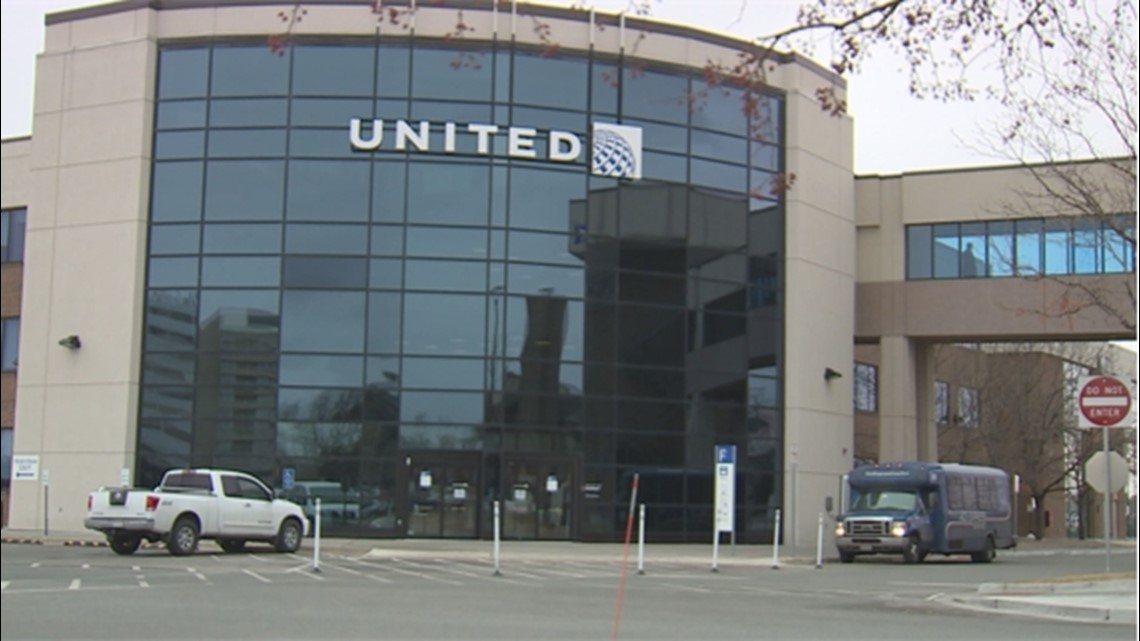
Breaking Barriers
One of the barriers to someone who wants to become a pilot – cost.
Earning a commercial pilot's license in the U.S. could cost nearly $100,000, according to United.
Scholarships are being funded for the new academy, which partners with a number of organizations to help provide scholarship opportunities.
MSU Denver partnered with McAir Aviation so students have more access to the flight school in Broomfield.
For Women in Aviation International (WAI), Colorado chapters said in part it's the marketing towards women that has worked in recent years.
"So, I think it’s having women look to the younger kids and really provide scholarships, provide guidance, provide events, really introducing them to the world of aviation,” said Kelly Nimmo-Guenther, the secretary for WAI’s Western Colorado Chapter. “It’s growing because you’re seeing more women in those positions. And women, are doing a great job of reaching out and being role models to young girls. So, I think it's getting easier. It takes work, and I think the numbers are going to grow, which is just going to benefit the industry as a whole."
Trimbi Szabo, a past president and current outreach chair for WAI's Mile High Chapter, said there's a growing acceptance of women in aviation.
Szabo said she believes the images of female pilots on social media has a lot to do with women getting involved in aviation.
"You would see so many female pilots, pictures of them, videos of them, women on a flight deck wearing a uniform," she said. "They will walk into a flight school, and see female instructors. And that’s what a lot of the flight schools see is we need more female instructors. Let’s get more female instructors. It’s not to say that they’re taking the place of male instructors, it's just the female instructors are just as good."
Both Szabo and Nimmo-Guenther also stressed the importance of days dedicated to women in aviation, including Girls in Aviation Day on Sept. 24.
The upcoming 33rd Annual International Women in Aviation Conference, from March 17–19 in Nashville, is another way for women interested in aviation to get involved.
Scholarships have also recently been launched to help with different pursuits in aviation.
Find more information here.
SUGGESTED VIDEOS: Feature stories

